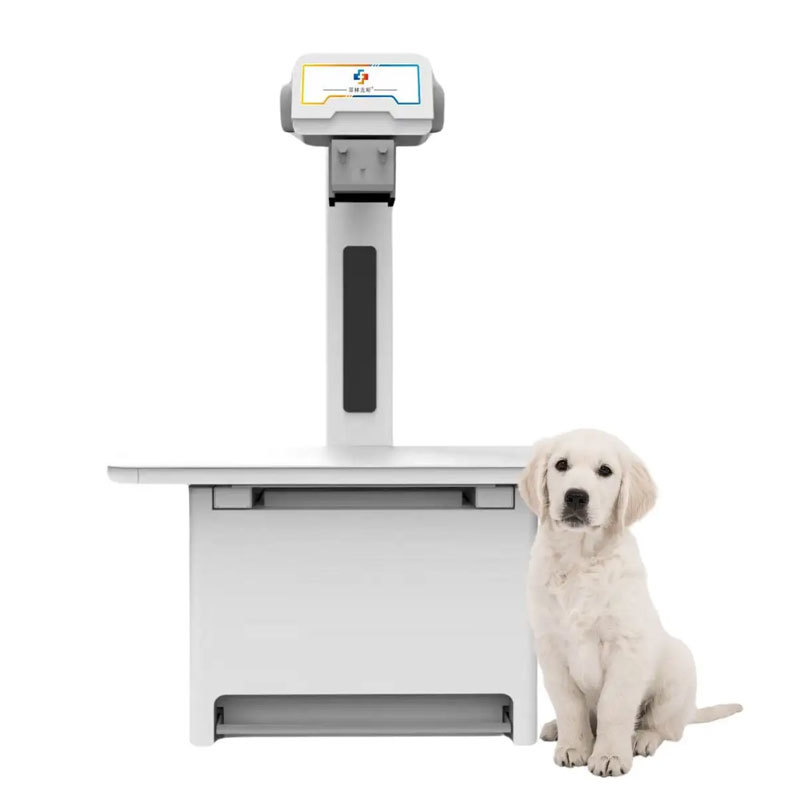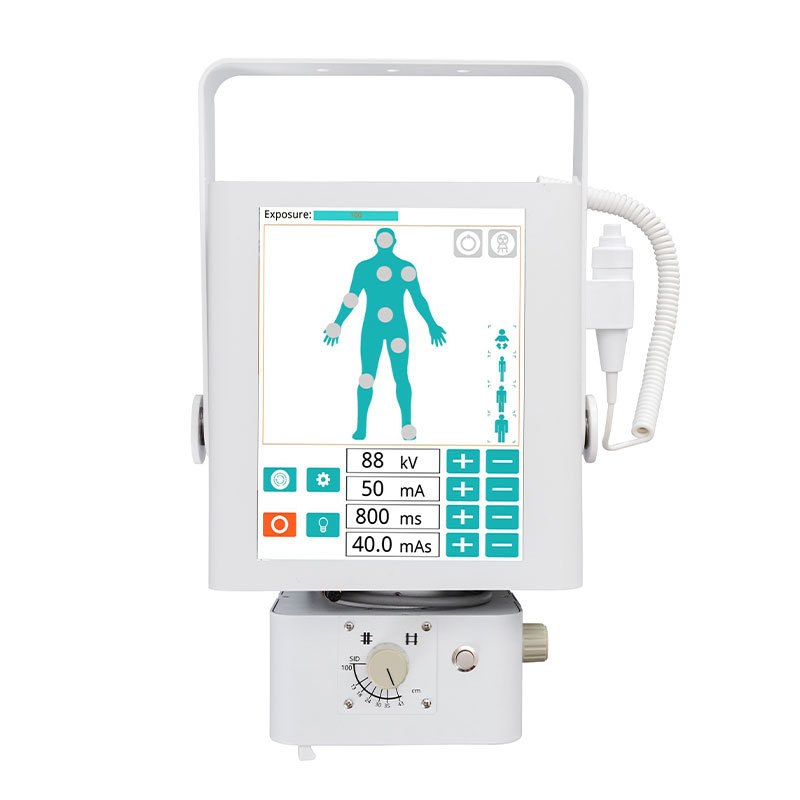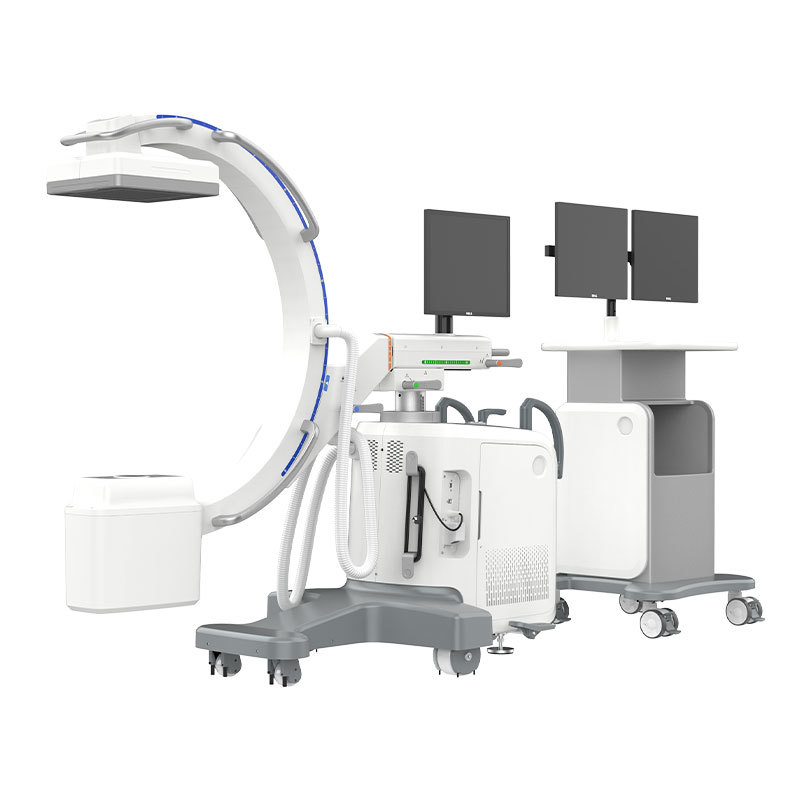Revolutionizing Pet Care: The Benefits of a Digital Veterinary X-ray System
Revolutionizing Pet Care: The Benefits of a Digital Veterinary X-ray System
Table of Contents
Introduction to Digital Veterinary X-ray Systems
The Importance of Veterinary Diagnostics
What is a Digital Veterinary X-ray System?
Advantages of Digital X-ray Systems in Veterinary Care
Higher Image Quality and Accuracy
Faster Diagnostics and Treatment P
Revolutionizing Pet Care: The Benefits of a Digital Veterinary X-ray System
Table of Contents
- Introduction to Digital Veterinary X-ray Systems
- The Importance of Veterinary Diagnostics
- What is a Digital Veterinary X-ray System?
- Advantages of Digital X-ray Systems in Veterinary Care
- Higher Image Quality and Accuracy
- Faster Diagnostics and Treatment Planning
- Enhanced Safety for Pets and Veterinarians
- Impact on Pet Owner Experience
- The Evolution of Veterinary Practices
- Future Trends in Digital Veterinary Imaging
- Frequently Asked Questions
- Conclusion
Introduction to Digital Veterinary X-ray Systems
In an era of rapid advancements in technology, the veterinary field is embracing innovative solutions to enhance pet care. One significant breakthrough is the digital veterinary X-ray system. This modern diagnostic tool has revolutionized the way veterinarians assess and treat their animal patients. Transitioning from traditional film X-rays to a digital platform not only improves image quality but also streamlines the entire diagnostic process. Understanding the benefits of digital X-ray systems is crucial for both veterinarians and pet owners seeking the best care for their furry companions.
The Importance of Veterinary Diagnostics
Accurate diagnostics are foundational in veterinary medicine. They allow veterinarians to identify health issues, monitor conditions, and formulate effective treatment plans. Imaging technologies, particularly X-rays, serve as a vital tool in this diagnostic process. Traditional X-ray systems, while effective, often come with limitations such as longer processing times, lower image quality, and higher radiation exposure risks. The transition to digital veterinary X-ray systems addresses these challenges, promoting better health outcomes for pets and greater efficiency in veterinary practices.
What is a Digital Veterinary X-ray System?
A digital veterinary X-ray system is a cutting-edge imaging technology that captures and processes X-ray images electronically. Unlike traditional film-based systems, digital systems use digital detectors to convert X-ray energy into digital images almost instantaneously. This technology not only enhances image clarity but also allows for easy storage, manipulation, and sharing of images across various platforms. The integration of software tools further enables veterinarians to analyze and interpret images with increased precision.
Advantages of Digital X-ray Systems in Veterinary Care
The transition to digital X-ray systems in veterinary care offers numerous advantages that improve both diagnostic processes and overall pet health.
Higher Image Quality and Accuracy
Digital X-ray systems produce images with exceptional clarity and detail. This higher image quality allows veterinarians to identify abnormalities more accurately and make informed decisions regarding treatment. Enhanced contrast and resolution contribute to better visualization of soft tissues and bones, facilitating a thorough examination.
Faster Diagnostics and Treatment Planning
Time is of the essence in veterinary care. Digital X-ray systems provide immediate results, enabling veterinarians to diagnose conditions and implement treatment plans without delay. This rapid turnaround is particularly crucial in emergencies where timely intervention can save a pet's life. Additionally, the ability to easily manipulate images—such as zooming in or adjusting brightness—further enhances diagnostic efficiency.
Enhanced Safety for Pets and Veterinarians
Safety is a paramount concern in veterinary medicine. Digital X-ray systems significantly reduce radiation exposure compared to traditional systems. The advanced technology involved allows for lower doses of radiation while still achieving high-quality images. This is beneficial not only for pets undergoing X-ray procedures but also for veterinarians and staff who are exposed to X-ray radiation regularly.
Impact on Pet Owner Experience
The benefits of digital veterinary X-ray systems extend beyond the clinic's walls, profoundly impacting pet owners' experiences. With faster diagnostics and clearer images, pet owners receive timely information about their pets' health. This transparency fosters trust between veterinarians and pet owners, allowing for more informed decisions regarding treatments and procedures.
Moreover, many clinics equipped with digital X-ray systems offer the option to share images electronically with pet owners. This feature helps pet owners better understand their pets' conditions and the proposed treatment plans. The accessibility of these images empowers pet owners to engage in their pets' healthcare actively.
The Evolution of Veterinary Practices
Historically, veterinary practices relied on traditional X-ray systems that involved film processing—a time-consuming and cumbersome process. The introduction of digital X-ray technology marks a significant evolution in veterinary practices. Digital systems not only improve the quality of care provided but also enhance the workflow within veterinary clinics. The efficiency gained through digital technology allows veterinarians to focus more on patient care rather than administrative tasks associated with film processing.
Furthermore, as more veterinary practices adopt digital systems, there is a trend toward integrated practice management software. This integration facilitates seamless communication and record-keeping, thereby streamlining the entire veterinary practice.
Future Trends in Digital Veterinary Imaging
The landscape of digital veterinary imaging is continuously evolving. Future advancements may include enhanced imaging techniques, such as 3D imaging and artificial intelligence (AI) integration for improved diagnostics. AI could assist veterinarians in analyzing images more accurately and rapidly, leading to even better treatment outcomes for pets.
Moreover, as technology advances, we may see a rise in telemedicine practices, allowing veterinarians to conduct virtual consultations based on digital imaging. This could be particularly beneficial for follow-up appointments or initial assessments, making veterinary care more accessible to pet owners in remote areas.
Frequently Asked Questions
1. What are the key differences between traditional and digital veterinary X-ray systems?
Digital veterinary X-ray systems offer higher image quality, reduced radiation exposure, and faster processing times compared to traditional film-based systems.
2. How do digital X-ray systems improve pet safety?
Digital systems significantly lower the radiation dose required to produce high-quality images, enhancing safety for both pets and veterinary staff.
3. Can pet owners access their pets' X-ray images?
Yes, many veterinary clinics with digital X-ray systems provide pet owners access to their pets' images, allowing for better understanding and engagement in their pets' health care.
4. Are digital X-ray systems more costly than traditional systems?
While the initial investment in digital X-ray systems can be higher, the long-term cost savings from reduced film processing and increased efficiency often outweigh these initial costs.
5. What is the future of digital veterinary imaging?
The future may see advancements such as AI integration, 3D imaging, and telemedicine, making veterinary diagnostics even more efficient and accessible.
Conclusion
The adoption of digital veterinary X-ray systems is a transformative development in pet care, offering numerous benefits that enhance the diagnostic process, improve treatment outcomes, and elevate the overall experience for pet owners. The transition from traditional imaging methods to digital technology is not just a trend; it is a vital evolution that aligns with the growing demands for efficient, accurate, and safe veterinary care. As we look toward the future, it is evident that digital X-ray systems will continue to play a pivotal role in shaping the landscape of veterinary medicine, ensuring that our beloved pets receive the best possible care.
TAG:
Previous
Related Posts
Comparing Different Types of Veterinary X-ray Imaging Systems: A Detailed Analysis
Comparing Different Types of Veterinary X-ray Imaging Systems: A Detailed Analysis
Table of Contents
Introduction to Veterinary X-ray Imaging Systems
Importance of X-ray Imaging in Veterinary Medicine
Types of Veterinary X-ray Imaging Systems
Digital X-ray Systems
Analog X-ray Systems
Portable X-ray Systems
Fluoroscopy Systems
Key Features to Look for




























